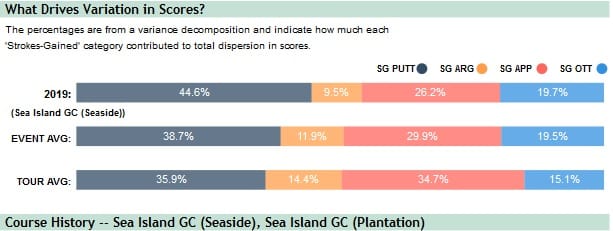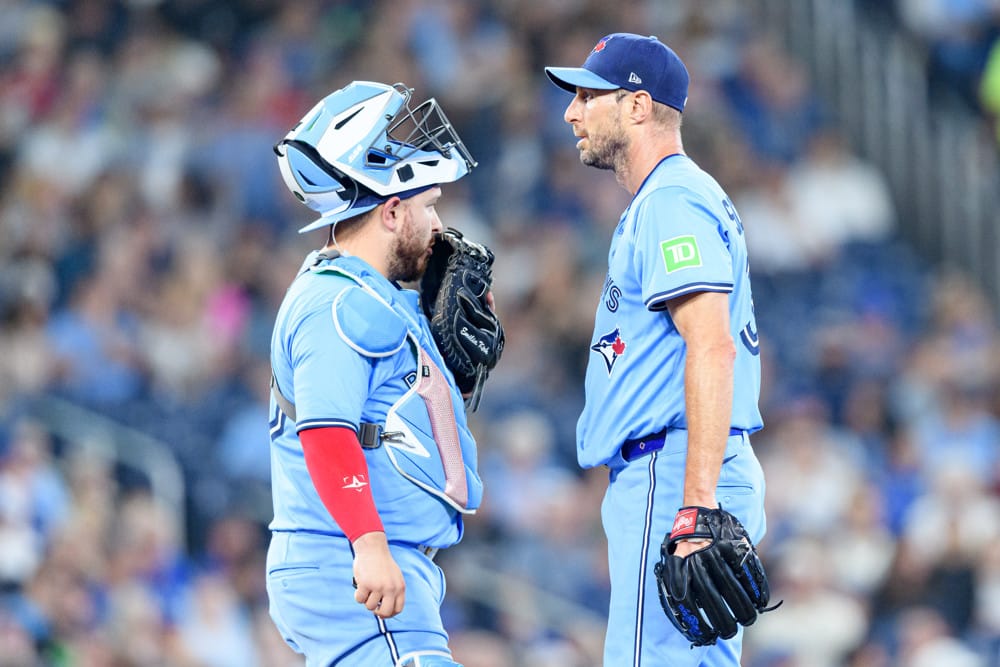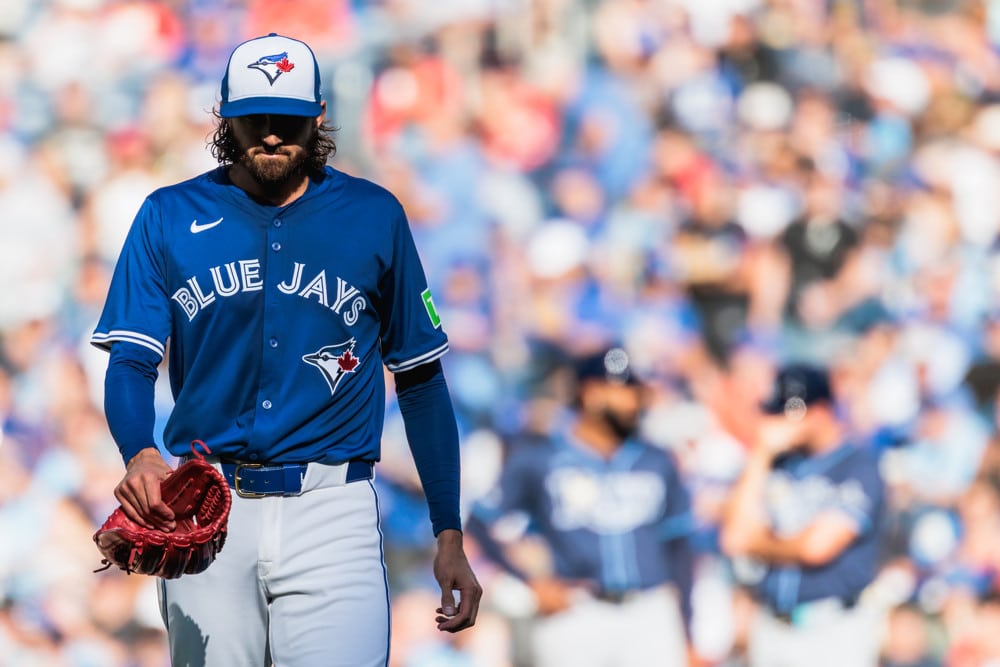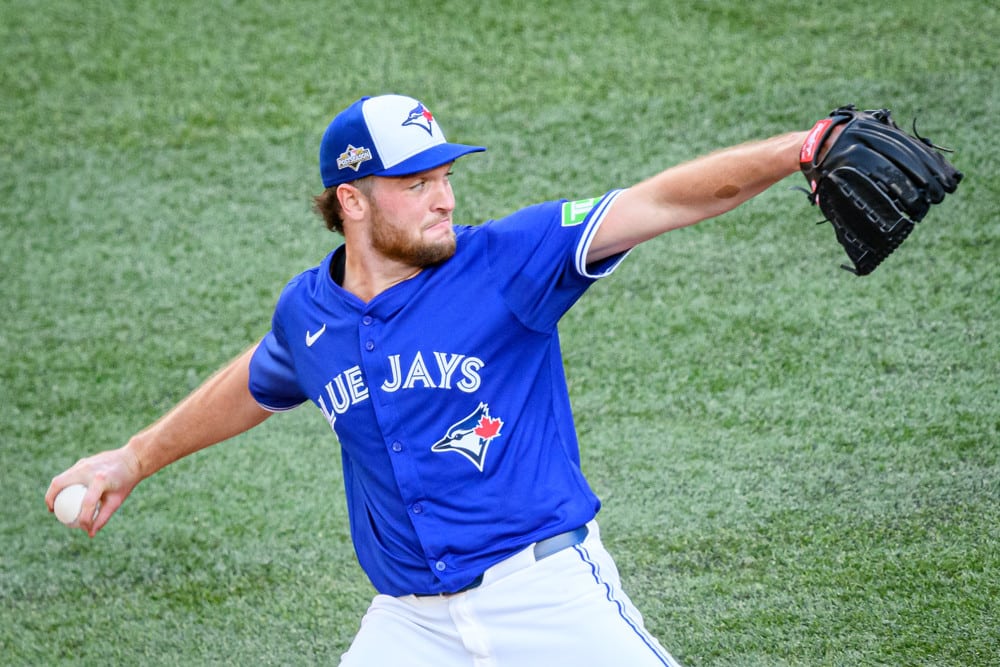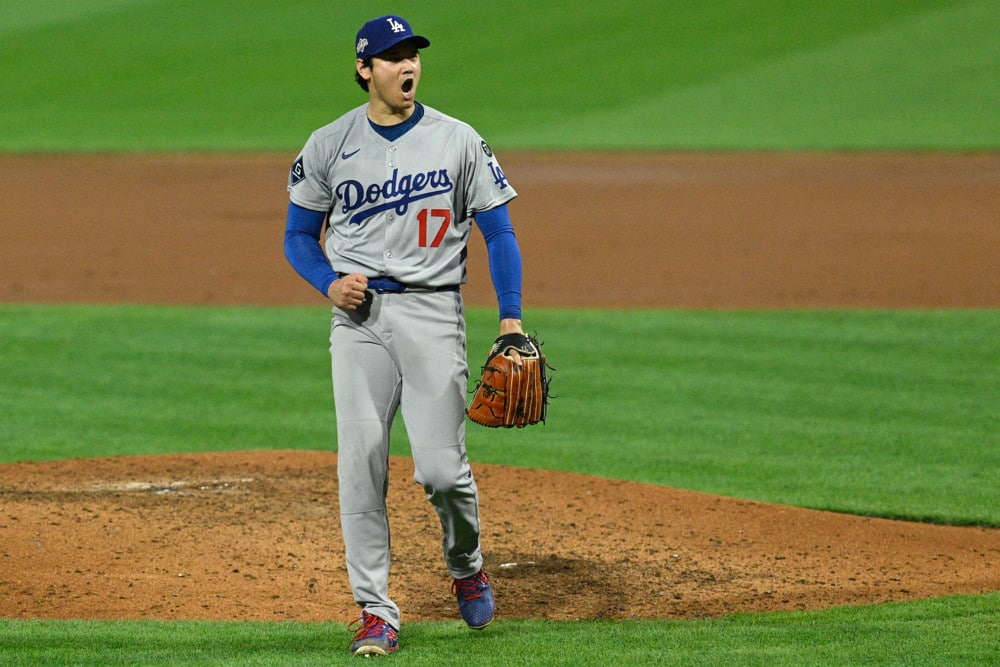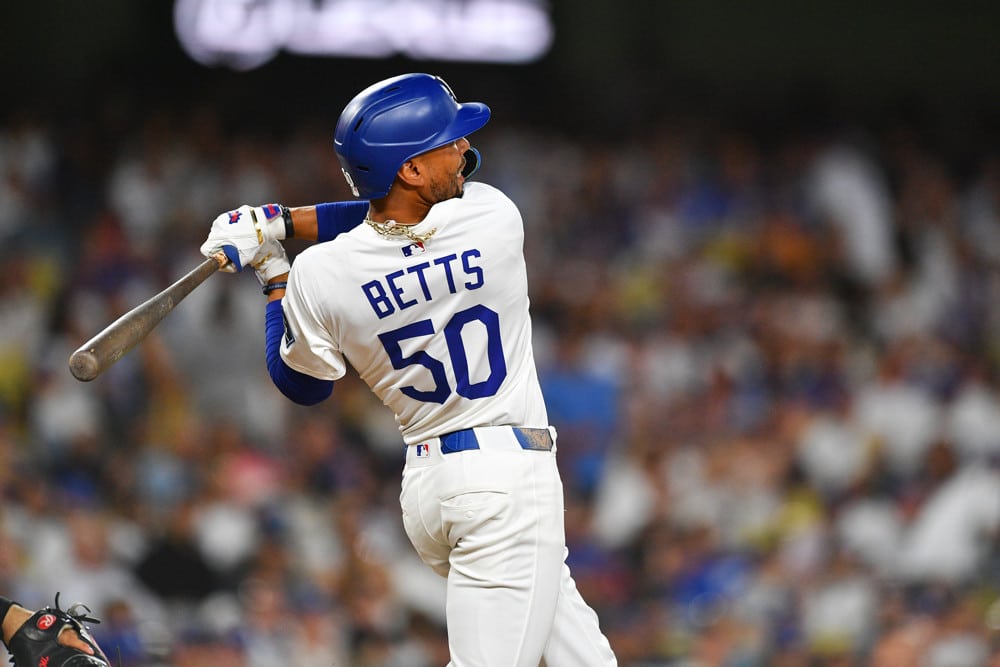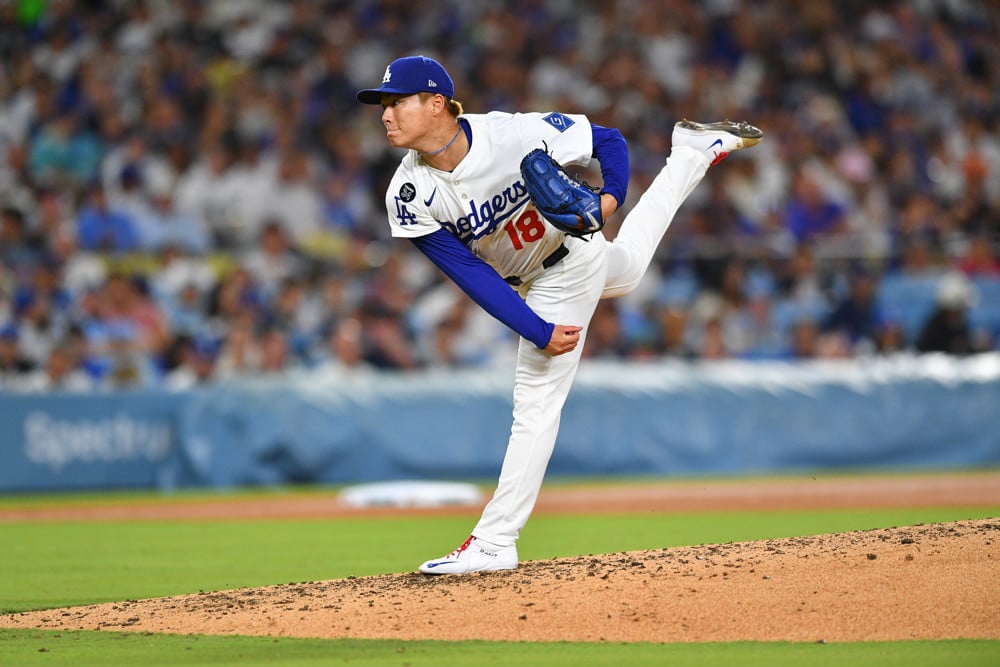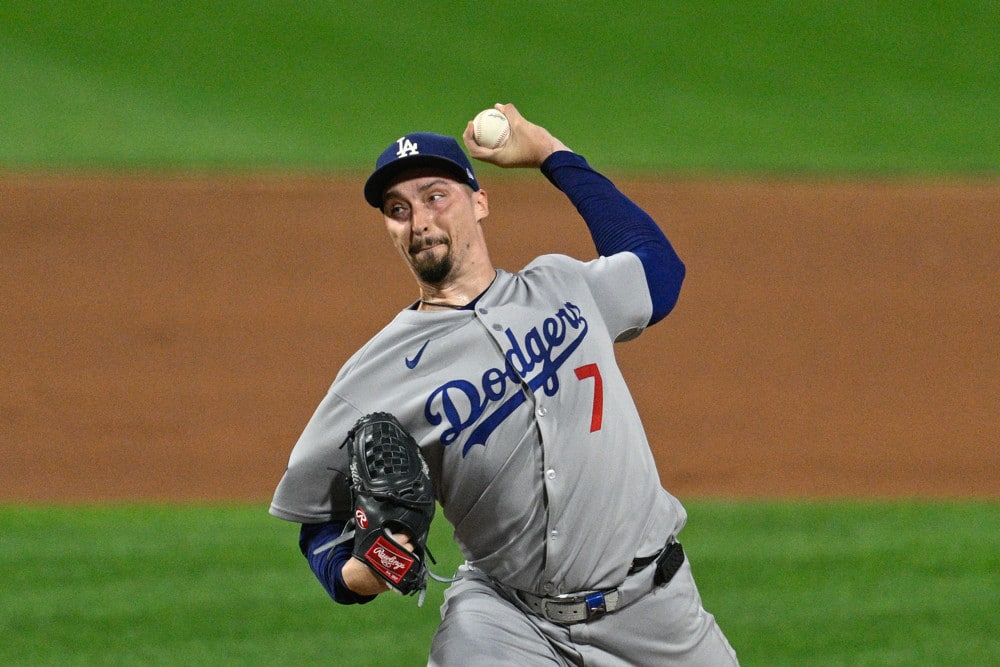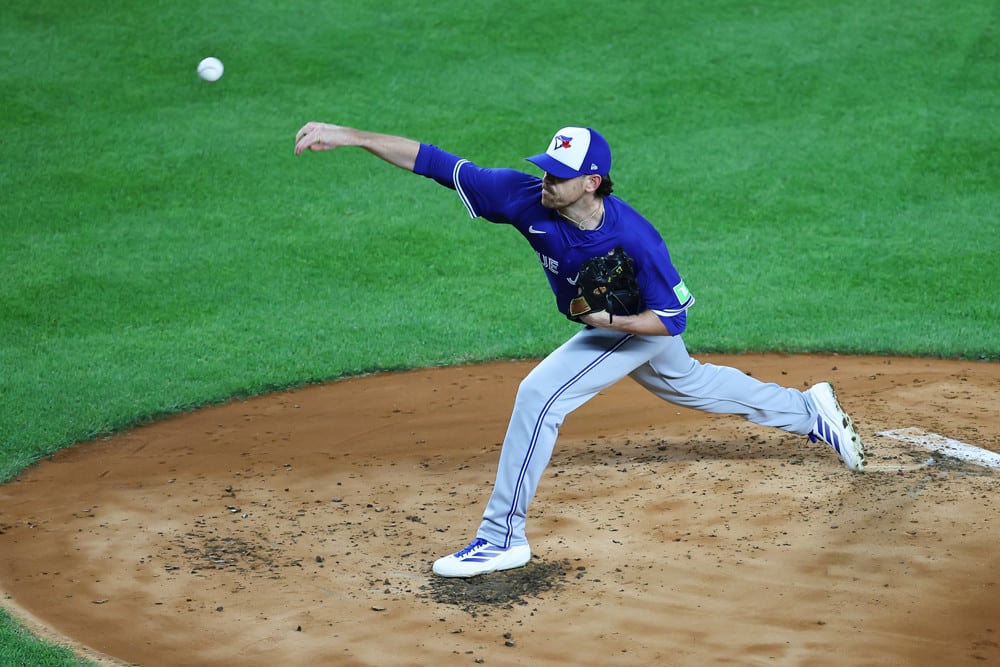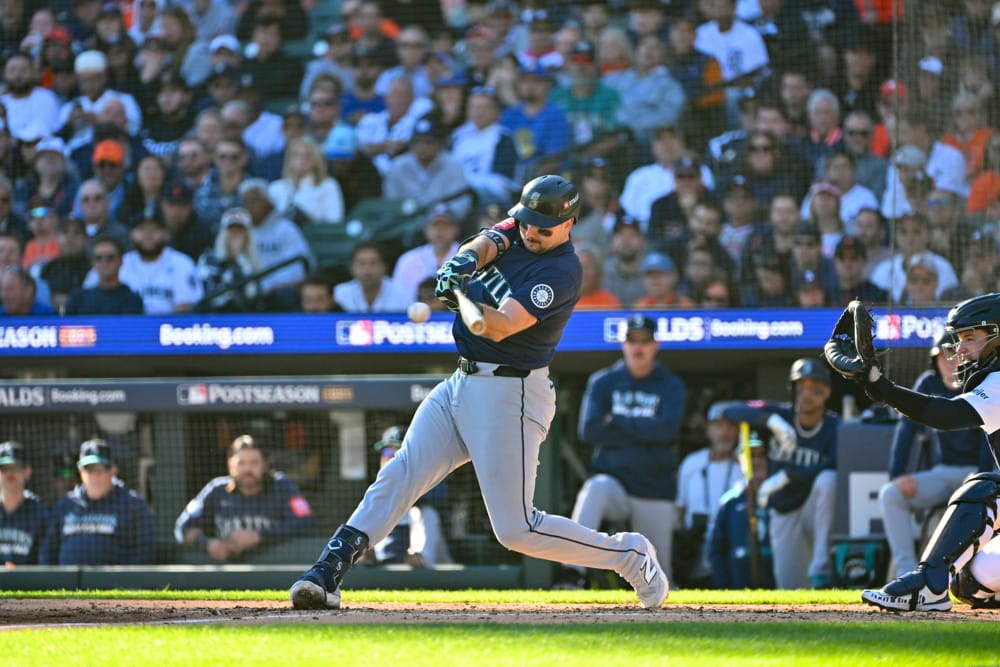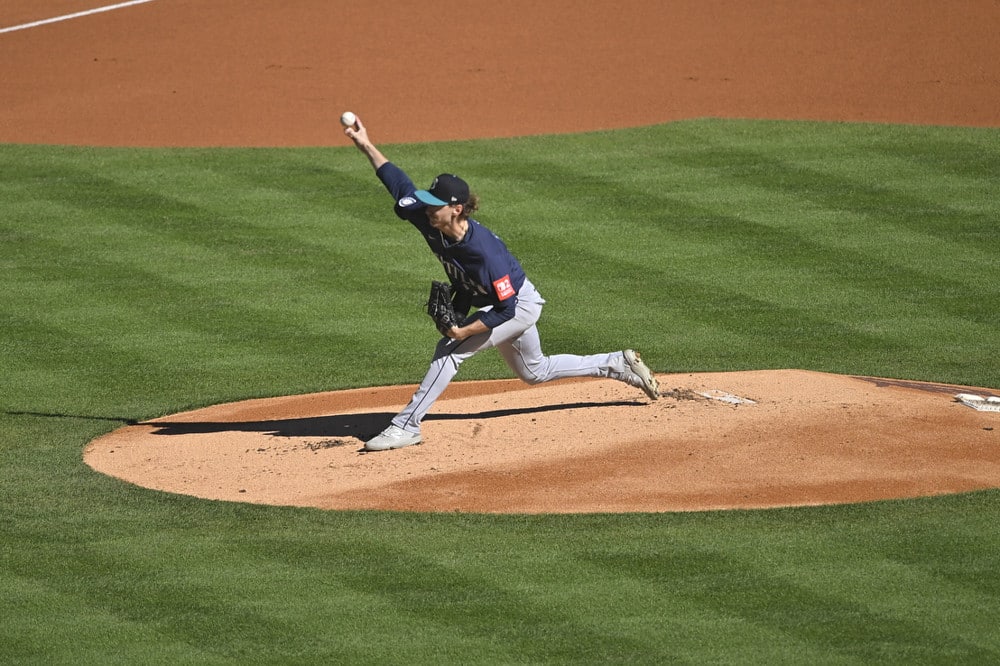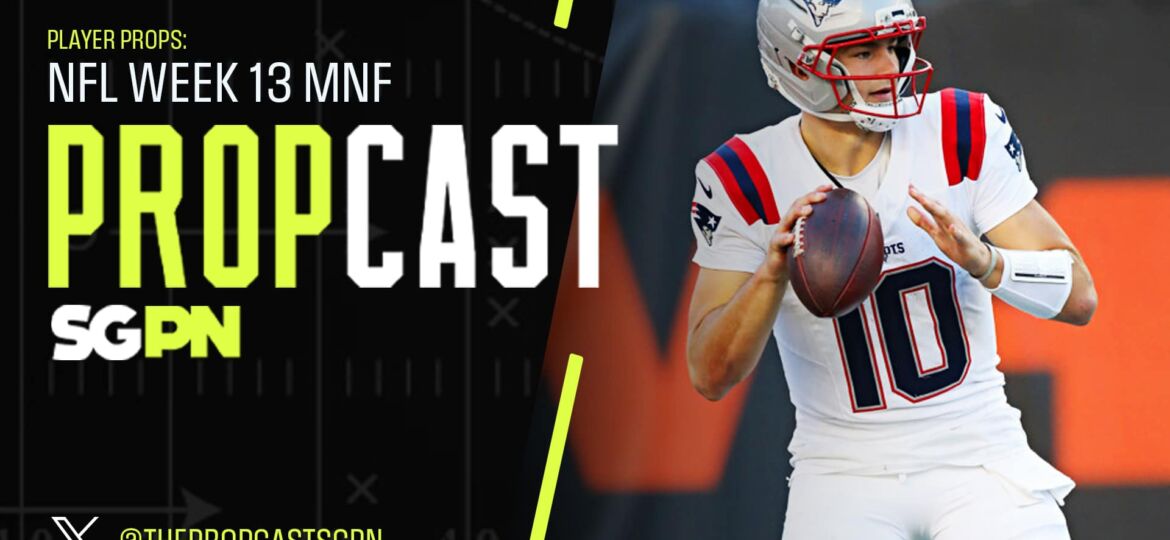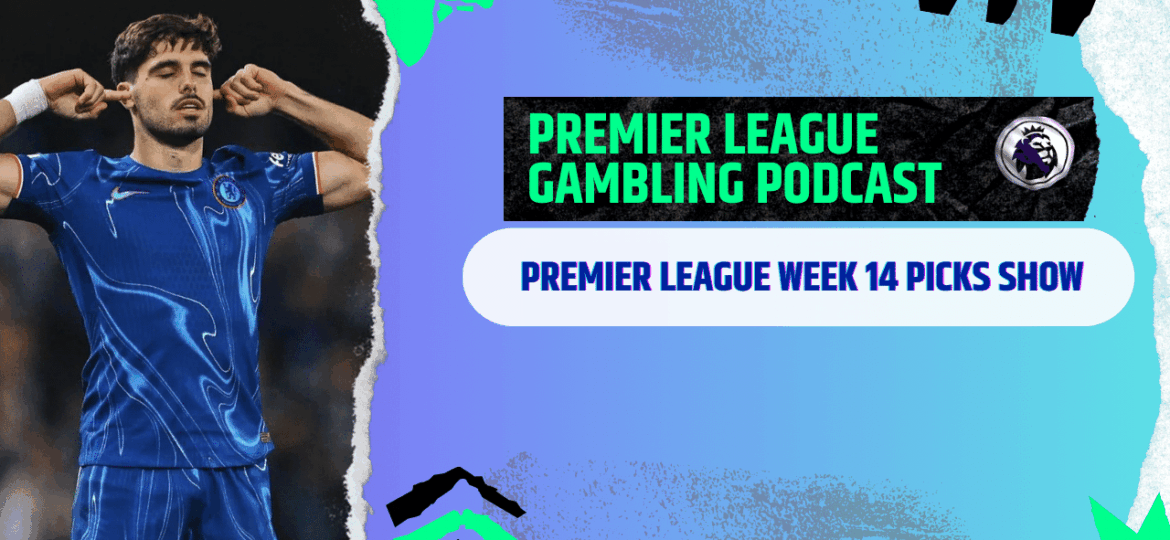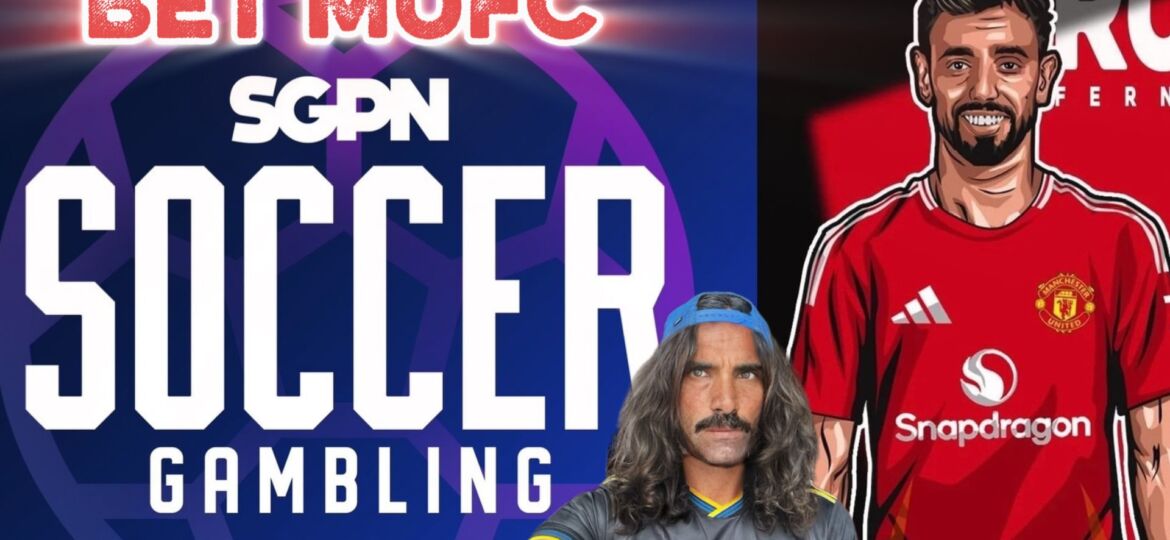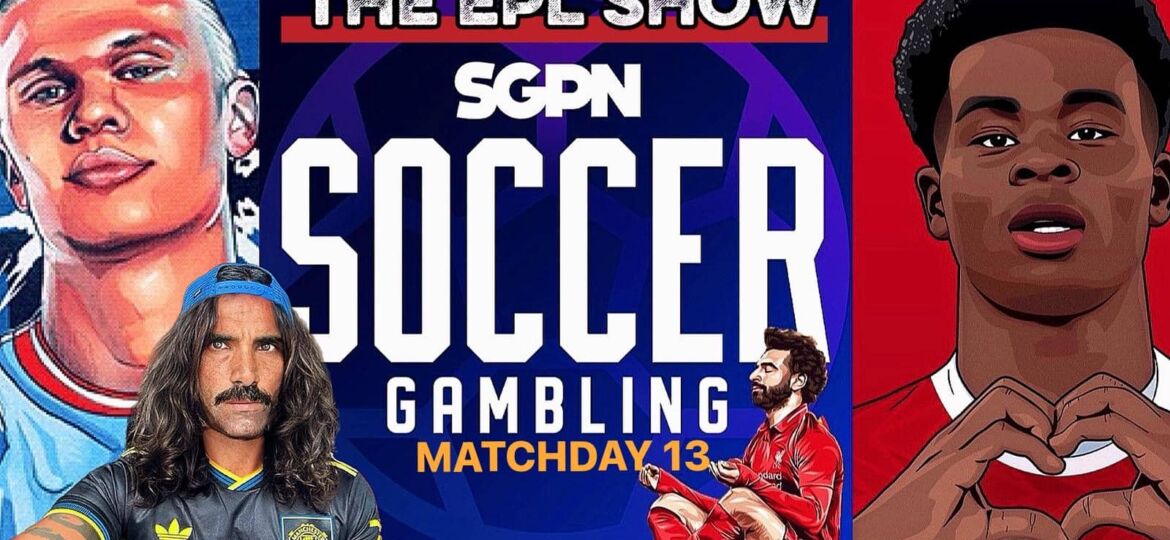It’s been a 39 day stretch that’s taken the PGA Tour on a global adventure across 5 countries and territories, but this week the tour finally comes back stateside with the 2019 RSM Classic in Sea Island, Georgia.
With the return to the United States also comes the return of Strokes Gained data at the disposal of bettors. Despite a pile of money the PGA Tour sits on, it deems it too expensive and inefficient to capture strokes gained data overseas. But fear not nerds, ShotLink data is annually captured for this tournament – at least at one of the golf courses played.
Here’s everything there is to know about the RSM Classic, the final full field event on the PGA Tour in 2019.
The Field
Sea Island is one of the top golf resort destinations in the United States and many professionals have ties to the area. One would think that between that and it being the final full field event of the year the tournament would attract a strong crop of golfers for the 2019 finale.
Yeah…no…
Headlining this field this week is Matt Kuchar. Kuchar has a home on Sea Island and is a very popular name with the fans, but when he’s your biggest star at a tournament – yikes. Other notables in the field is defending champion Charles Howell III, former RSM Classic winner Kevin Kisner, Webb Simpson, and Billy Horschel.
In addition, an easy sound bite for Golf Channel this week will be to try and spotlight professionals who, like Kuchar, call Sea Island as home. Members of the so-called Sea Island Mafia in the field this week include Zach Johnson, Harris English, Patton Kizzire, Brian Harman and, of course, tournament host Davis Love III and his son Dru Love.
With a lot of volatile and unproven names this week, bettors and DFS contestants are surely going to step on a few landmines.
The Golf Courses
The RSM Classic is conducted on two golf courses on the resort property. Players will play their first two rounds on both the Seaside Course and the Plantation Course. After the field is cut to the Top 65 and ties, the remaining players will play the third and fourth rounds only on the Seaside Course. The PGA Tour only maintains ShotLink data on the Seaside Course, the tougher of the two.
The Sea Island Golf Club and Resort was first developed in 1926 after Sea Island Company founder, Howard Coffin, purchased a former cotton plantation on Sea Island. Coffin loved the game of golf, and he brought in famed Australian amateur golfer and architect Walter Travis. Travis was a three time U.S. Amateur Tournament winner, and after his playing days he developed several private country clubs around the country. Travis employed classic Scottish Links styles to his golf courses, and is most famous for small “chocolate drop” mounds in the fairways and small, elevated greens.
However, midway through the design of the first nine holes of the Plantation Course, Travis died unexpectedly. Not to be deterred, Coffin brought in another famous architect, Harry S. Colt (of Royal Portrush and Royal Liverpool fame), to finish Travis’s vision and complete the nine hole Plantation and the nine hole Seaside. Several other nine hole tracks were created in the decades that followed, including the Retreat and the Marshside.
In 1977, Davis Love Jr. moved to Sea Island to become the head golf pro at the Sea Island Golf Club and Resort, bringing along his son – Davis Love III. The Love family grew up there and Love III career flourished. From his success, Love III was able to invest valuable resources in to the club to make it a top notch performance center, and he wielded significant influence on the resort. Sea Island is truly Davis Love III’s valhalla.
In 2006, Sea Island began hosting a regular stop on the PGA Tour in the fall, first named as the McGladrey Classic and now known as the RSM Classic in its current incarnation.
The Seaside Course
In 1999, the Sea Island Company and Davis Love III tasked Tom Fazio to redesign the Seaside Course and the Marshside Course and merry the two nine hole tracks. Fazio did just that and gave facelift to both golf courses, including renovating the bunkers into a classic clamshell bunkers, shrinking the greens and adding exposed sand dunes off the fairways.
The front nine is the old Marshside Course and plays, appropriately enough, around the edges of a huge marsh. The back nine is played on the old Seaside Course and plays, again appropriately enough, next to the bay. This golf course is not an easy one for most amateurs. Trouble lurks for the high handicapper everwhere on the golf course, with marshes, water hazards, and large sandy waste areas ready to eat up errant shots. The golf course is also fully exposed to the wind off the bay, which forces players to deal with cross winds on several holes. And if the amateurs manage to avoid all those pitfalls, they still need to hit a small target green, and failure to do that will leave a tough up and down off of tight fairway lies. It’s almost easier for amateurs to miss the greens by a mile, as it gives them a better chance of chipping off in the rough where the ball might be sitting up and on flatter surfaces.
Despite the difficulty, this is a very well designed golf course. Fazio did an excellent job redesigning the two nines to create today’s Seaside Golf Course. No hole feels repetitive and he does a great job transitioning one hole to the other with different angles and looks tee-to-green. Bunkers are also well placed strategically and forces players to think their way around the golf course. In addition, there is a great mix of holes with high greens and low surrounds, and low greens with high surrounds, meaning players will get a great variety of approach shots and different ways they can try and scramble for par.
As mentioned previously, players will play three of their four rounds on the Seaside Course.
The Plantation Course
The Plantation Course actually just reopened in October 2019 in time for the playing of this tournament. It has undergone a full redesign by Davis Love III’s golf design company to bring the Plantation Course back to the roots of Walter Travis’s original layout.
This wasn’t just a simple redesign with a few new bunkers and lengthened holes – this was a complete transformation of the golf course. Almost every hole was touched in some way. Many holes saw their fairway bunkers reduced in size but more rectangularly shaped, similar to that of classic Scotting Links design. The greens were entirely rebuilt and are more rectangular and geometrically shaped than circular as before. Other hallmark Travis features such as the chocolate drop mounds are presented across the golf course and a principles nosed bunker complex lays the middle of the 10th fairway.
This is an entirely new golf course and there have not been many reviews of it out there. But from what I see, Love’s design company did a fantastic job with the redesign of the Plantation Course. It’s a creative track that has many of the basic principles and quirks of classic Scottish Links golf. From the overhead view, the golf course requires a great mix of thoughtfulness and creativity, and I can’t wait to see how the pros tackle it on Thursday and Friday.
Betting Strategies
While there’s no strokes gained data available for the Plantation Course (which would be rendered useless anyways because of the redesign), there’s only one round the players will play there so it has an immaterial effect on the tournament. In addition, a lot of the same principles that leads to success to the Seaside Course now apply to the Plantation Course after the redesign.
Here’s where strokes have been gained historically on the Seaside Course:
(Per DataGolf)
Historically, the areas where players need to perform the best is off the tee and putting. That’s not surprising given the layout of the golf course and where scores statistically are for those towards the top of the leaderboard.
Unlike other golf courses where distance is the primary driver (no pun intended) to gain strokes off the tee, it’s accuracy at both the Seaside Course and the Plantation Course. On the Seaside Course, there is trouble everywhere. Failure to hit the fairway or the first cut of rough is going to be costly to a player, either in the form of a penalty stroke or having to hit out of a waste area. In addition, the Plantation Course now has very strategically placed bunkers near the landing zones off the tee, and the positions of dog legs shrinks the landing zones in the fairway. Accuracy off the tee is reflective in the profile of players who typically fare best at the RSM Classic, as many players inside the Top 20 of the leaderboard annually sacrifice length off the tee for precision.
Both nines feature small greens, and those who have precision with their irons will have a significant leg up on the field. But overall the quality of player in the field is low, meaning that there’s a ton of bad ball strikers in the stat categories. In addition, both golf courses are short and players can get away with using less than a driver on most holes, meaning players have mainly shorter irons they can hit into the greens. Despite the small green sizes, the green in regulation %’s historically at Sea Island are quite high for PGA Tour pros (expected when players are hitting higher lofted irons into greens). When the field overall is hitting greens at high rates, the tournament then becomes a putting contest, which explains why the historical average of strokes gained via putting is higher than the traditional PGA Tour stop.
Overall, the types of players to target this week are accurate, precise players who are notoriously known as good putters. That’s representative overall of players who have good success at Sea Island. The players who are in the Top 5 historically in strokes gained on the Seaside Course are, in order, Jim Furyk, Webb Simpson, Kevin Kisner, David Toms and Billy Horschel. All of them are known as short but accurate ball strikers and solid putters. This recipe can also be a useful guide to go dumpster diving with DFS lineups this week, as there are going to be a lot of ugly choices to be had with the lower priced players.







